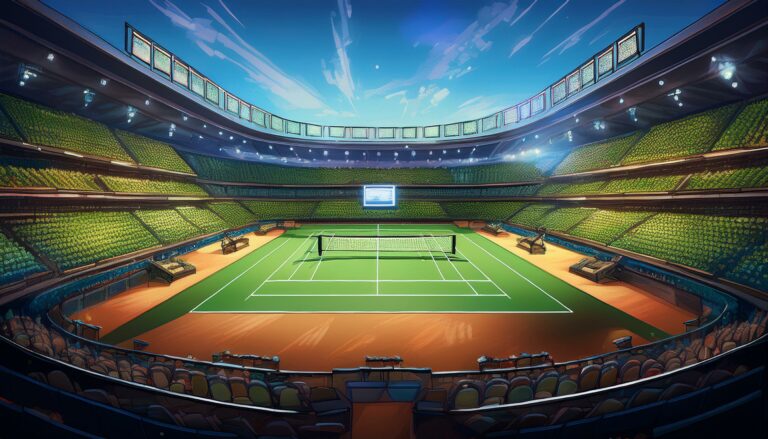Evolution of Stadium Architecture in the IPL Era: Allpanelexchange, Lotus365 book, Laser book 247
allpanelexchange, lotus365 book, laser book 247: Over the past decade, the Indian Premier League (IPL) has become one of the most popular and lucrative cricket tournaments in the world. With millions of fans tuning in to watch matches, the demand for state-of-the-art stadiums has skyrocketed. As a result, the evolution of stadium architecture in the IPL era has been nothing short of remarkable.
When the IPL first started in 2008, many of the stadiums were outdated and not equipped to handle the large crowds that the tournament attracted. However, as the years went by, stadium architects and designers began to take note of the need for more modern and innovative facilities.
One of the most significant changes in stadium architecture in the IPL era has been the incorporation of cutting-edge technology. From high-definition video screens to interactive fan experiences, stadiums are now equipped with the latest advancements to enhance the overall matchday experience.
Another key aspect of the evolution of stadium architecture in the IPL era is the focus on sustainability. With growing concerns about the environment, many stadiums have been built or renovated with eco-friendly materials and energy-efficient systems. This not only reduces the carbon footprint of the stadium but also sets a positive example for fans and the community.
In terms of design, stadiums in the IPL era have become more aesthetically pleasing and visually striking. Architects have incorporated unique features and creative elements that set each stadium apart from the rest. From iconic facades to innovative seating arrangements, the architecture of these stadiums reflects the vibrancy and energy of the IPL itself.
Moreover, there has been a growing trend towards multi-purpose stadiums that can host a variety of events beyond cricket matches. With the ability to accommodate concerts, conferences, and other sports, these stadiums have become valuable assets to their communities year-round.
Overall, the evolution of stadium architecture in the IPL era has transformed these venues into modern-day marvels that cater to the needs and desires of fans and players alike. With a focus on technology, sustainability, and design, these stadiums have raised the bar for sports facilities around the world.
So, the next time you tune in to watch an IPL match, take a moment to appreciate the innovation and creativity that has gone into creating the stadiums where the action takes place.
—
FAQs:
1. Which stadium in the IPL era is considered the most technologically advanced?
2. How have stadium architects addressed the issue of overcrowding at IPL matches?
3. What are some of the eco-friendly features incorporated into modern IPL stadiums?
4. Can IPL stadiums be used for events other than cricket matches?
5. How has the design of IPL stadiums evolved over the years?







